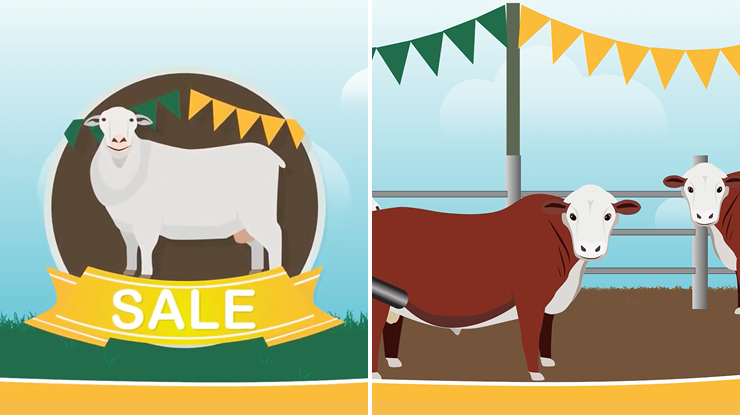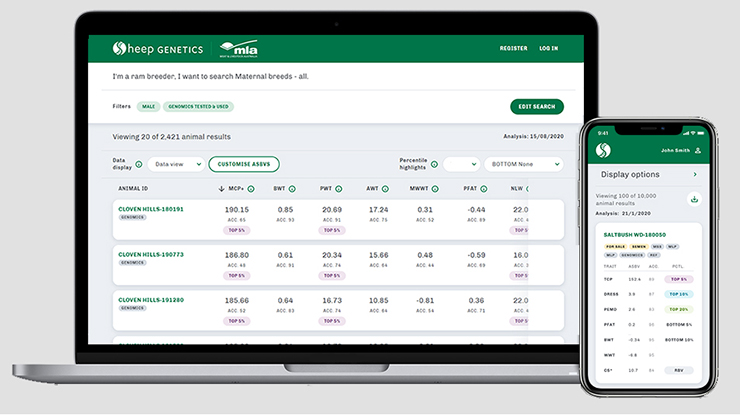
MLA's genetics website
Find out how better breeding values can help you accelerate your herd’s or flock’s productivity with MLA's genetics website.
News, views and advice delivered to your inbox every Friday. Covering producer case studies, industry news, market updates, on-farm tools and more, this e-newsletter is your one-stop shop for the latest in the red meat industry.
MLA’s investment in livestock genetics research and development (R&D) aims to improve the rate of genetic progress in the beef cattle and sheep industries to permanently improve on-farm productivity and animal health and contribute towards meeting consumer demands.
The National Livestock Genetics Consortium, developed in partnership with MLA, aims to double the annual rate of improvement in industry genetic value by 2022. Improving animal production and health and performance through genetic management helps to create a sustainable, high performing industry at an overall lower cost to producers.
Despite the inextricable link between genetics and profitability, a significant opportunity exists to increase the uptake and adoption of genetic evaluation services, particularly by commercial producers.
Genetic evaluation services include BREEDPLAN for the beef industry, LAMBPLAN and MERINOSELECT for the sheep industry and KIDPLAN for the goat industry.
Specifically, R&D investments address:
Find out how better breeding values can help you accelerate your herd’s or flock’s productivity with MLA's genetics website.
The Sheep Genetics website is Australia's national breeding evaluation service for sheep breeders and buyers.

